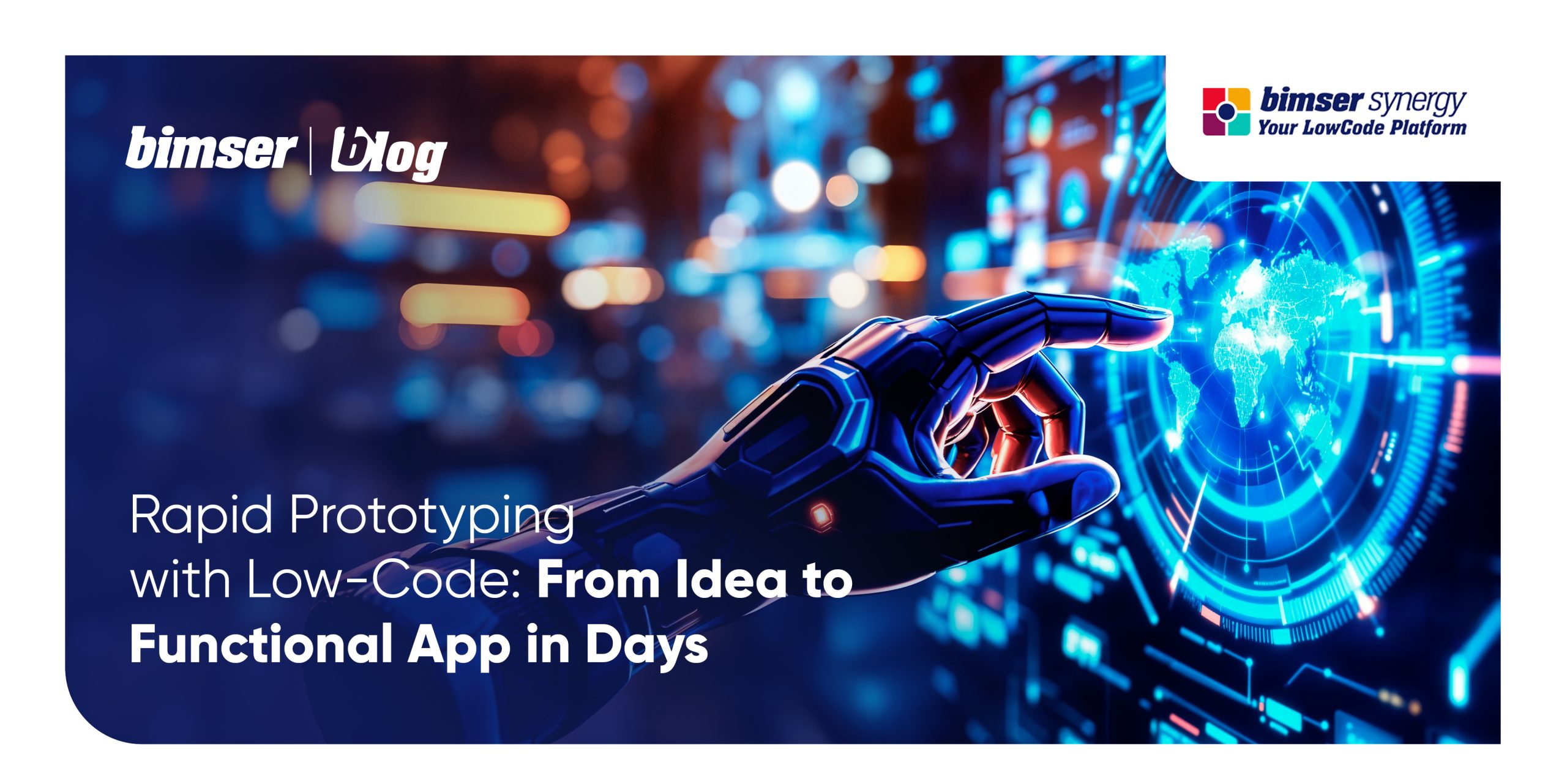Rapid Prototyping with Low-Code: From Idea to Functional App in Days
Turning an idea into a functional app can be slow and complicated. Before it’s introduced to the market, an app needs to be prototyped, tested, and refined. To stay competitive and increase efficiency, businesses are utilizing digital technologies. This is where low-code platforms come into play, making the application development processes of businesses rapid and cost-effective.
What is Prototyping in Software Development?
In software development, a prototype can be defined as a preliminary demonstration of how a real software product will look and work. This process is essential for testing the workflows and features of the software. Protoyping provides users with a “model” and enables early interaction. It can be as complex as a sketch drawn on a piece of paper to a digital, clickable version.
The prototyping is primarily for improving user experience and getting feedback on the product. It enables user requirements to be validated at an early stage, helping to identify missing functionality and new requirements. This reduces the difficulty of making changes to the software after it has been fully built and released.
Instead of spending a long time building a software product, prototyping is critical for making optimizations possible early in the process. This basic version simulates the product, making the software development process flexible and practical.
Why Low-Code Accelerates Prototyping
Prototyping gives the opportunity to visualize features concretely throughout the application development process, and using low-code platforms makes the process much simpler. So, how do low-code platforms provide a rapid prototyping development process?
- Pre-Built Templates and Elements: Low-code platforms include pre-built templates and drag-and-drop visual elements. These visual modeling tools reduce the need for technical expertise. Unlike traditional software development, comprehensive coding and testing processes can be done practically on low-code platforms.
- Appropriate for Teamwork: Low-code platforms allow the entire team to work collaboratively, allowing designs to be created and tested in real time.
- Advanced Integration Options: Prototypes need integrations that enable them to simulate real workflows. Low-code platforms integrate with APIs, databases, and applications. This simplifies developing a prototype and accessing the data needed.
- Flexibility: The operation of these platforms enables adaptation to user feedback and needs. This makes it easier to experiment with prototypes and test new solutions.
- Scalability: Low-code platforms make it possible to adapt to changing conditions and enable prototype development, reducing cost and time-to-market. Prototypes can easily scale to the design idea, significantly reducing duplication of effort in the software development process.
Using low-code platforms in the prototyping process helps businesses transform ideas into functional applications in a short time by providing agile development.
As Bimser, we offer a customized low-code platform to effectively support you in your software development process. Our low-code platform, Synergy, provides end-to-end access to applications through a cloud system that includes workflow management, integration, and back office processes.
Bimser Synergy Low-Code Platform enables you to realize a low-cost, flexible, and practical digital transformation in compliance with the regulations. With our user-friendly interface, you can accelerate your prototype development process by reducing the need for technical knowledge and by contributing to the improvement of your company.







